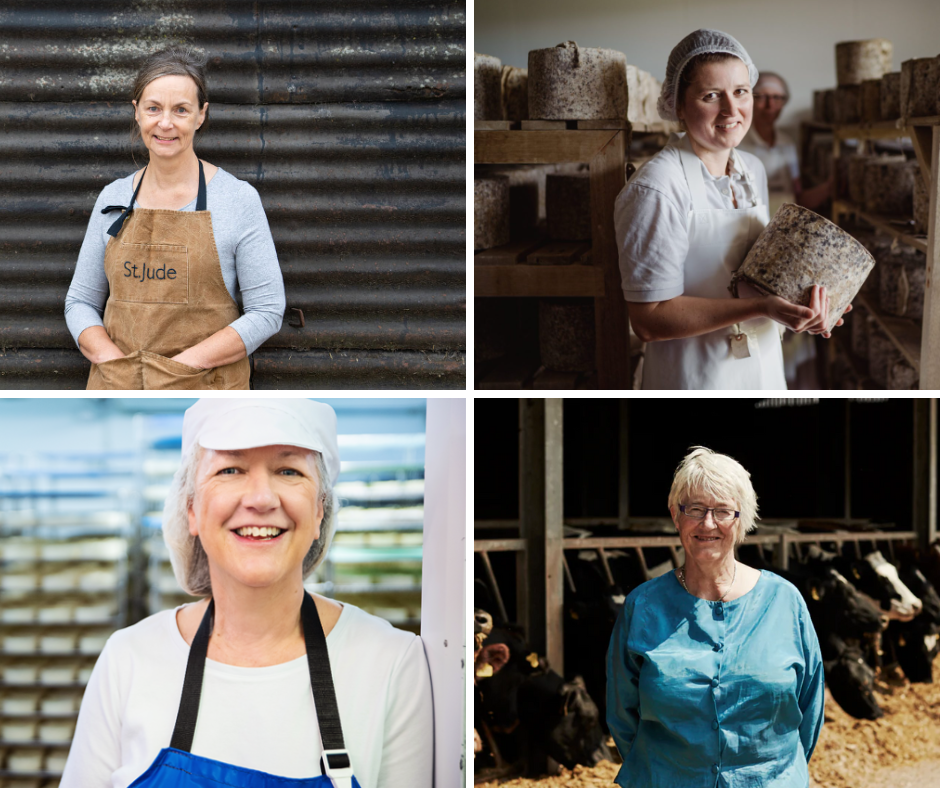The Best of Melbourne Made Cheese: Floridia Cheese Melbourne's One-of-a-kind Offerings
The Best of Melbourne Made Cheese: Floridia Cheese Melbourne's One-of-a-kind Offerings
Blog Article
Unlocking the Tricks of Artisanal Cheese Making: A Detailed DIY Guide
In the realm of culinary workmanship, artisanal cheese making stands as a testimony to the fragile equilibrium in between custom and advancement. As we begin on this journey to demystify the art of producing splendid cheeses, we are faced with a tapestry of skills and secrets waiting to be untangled.
Picking the Right Milk
When getting started on the journey of artisanal cheese production, the choice of milk plays an essential duty in figuring out the quality and features of the final item. The type of milk selected influences the flavor, appearance, and in general account of the cheese.
When choosing milk for cheese production, it is essential to take into consideration the fat material. Greater fat content in milk can lead to a creamier and richer cheese, while reduced fat content might lead to a drier and firmer appearance. Additionally, the source of the milk, whether from cows, goats, lamb, or buffalo, contributes distinct flavors and attributes to celebrity (Floridia Cheese Thomastown). Each kind of milk brings its very own subtleties, permitting a variety of cheese varieties to be crafted based on the selected milk. Inevitably, the choice of milk is a basic choice that sets the foundation for a successful artisanal cheese-making undertaking.
Culturing and Coagulating
To launch the cheese-making procedure, the vital actions of culturing and coagulating should be thoroughly performed to transform milk right into curds and whey. The kind of culture used can significantly influence the flavor, texture, and ripening of the last cheese product.

The timing and temperature level control during culturing and coagulation are critical aspects that influence the last outcome of celebrity. Proper implementation of these steps is vital to make sure the preferred appearance, flavor, and uniformity of the artisanal cheese being produced.
Draining Pipes and Pressing Curds
After the milk proteins have coagulated and the curds have actually been reduced to release whey, the next critical action in artisanal cheese making involves draining and pushing the curds to attain the desired texture and consistency of the last cheese item. The time for draining pipes can vary depending on the type of cheese being made and the wanted moisture material.
As soon as the curds have actually sufficiently drained, the next step is pressing. Pressing assists eliminate any staying whey and compacts the curds to create a strong cheese wheel. Pushing can be done using specialized cheese presses that apply gentle and consistent pressure over an amount of time. The duration and pressure applied during pressing will certainly affect the last structure of celebrity, from luscious and soft to tough and company. Correct pressing and draining pipes are essential steps that substantially affect the high quality and attributes of the artisanal cheese being created.
Aging and Flavoring Techniques
Applying precise aging and flavor techniques is essential in enhancing the deepness and complexity of artisanal cheeses, raising their preference profiles to splendid degrees of refinement and class. Aging plays a crucial function in creating the unique flavors and structures that distinguish artisanal cheeses.
Flavoring methods also contribute dramatically to the final preference of artisanal cheeses. Cheesemakers might select to introduce additional flavors by including components such as herbs, seasonings, and even fruits into the cheese throughout the manufacturing procedure. Additionally, some cheeses are washed or rubbed with different liquids, such as salt water or alcohol, to improve their appearances and flavors.
Wrapping and Keeping Cheeses

Final Thought
In verdict, mastering the art of artisanal cheese making involves very carefully choosing the appropriate milk, following accurate culturing and coagulating processes, draining and pressing curds successfully, and using numerous aging and flavor strategies. Bear in mind to cover and save your cheeses properly to ensure optimal flavor and texture development.
Each kind of milk brings its own nuances, allowing for a wide range of cheese varieties to be crafted based on the chosen milk.After the milk healthy proteins have actually coagulated and the curds have actually been reduced to release whey, the next important step in artisanal cheese making involves draining and pushing the curds to accomplish the preferred appearance and uniformity of the final cheese product. A lot of cheeses should be covered in wax paper or cheese paper to permit them to take a breath while shielding them from drying out. For cheeses that require to continue aging, such as bloomy rinds or washed peels, guarantee they are kept in a great setting like a cheese cave or a refrigerator established to the proper temperature. By paying attention to the covering and storage space of artisanal cheeses, cheese makers and fanatics can maintain the stability of these delicacies and completely enjoy their intricate tastes.
Report this page